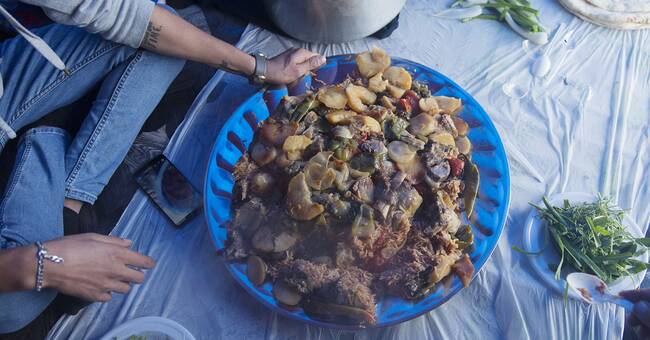Food is an important part of our cultural identity.
In the Food in Sweden project, researchers will now develop both new and existing surveys on diet and eating habits, so that they take greater account of cultural differences.
More common foods should be listed, so that surveys that then use the questionnaires become more accurate.
Know too little
In Sweden and many other countries, regular surveys are conducted about the inhabitants' diet and eating habits to investigate how they affect health.
- But they are often based on the eating habits of the native population.
Even here in Sweden, we still know too little about the eating habits of foreign-born people, says Marleen Lentjes.
Approximately 130 women will be invited from, among others, health centers and parent groups.
It focuses on women who are pregnant or who have children under the age of ten.
Olives for breakfast or dinner?
Sarah Lönnström, research assistant, Karin Lobenius-Palmér, research assistant and Marleen Lentjes, nutritional epidemiologist work on the project Food in Sweden.
Photo: Örebro University
Among other things, the researchers are interested in how the same food can be consumed in different ways.
- Take olives as an example.
For a native Swede, olives may be an accompaniment to a glass of wine or cheese, while someone with a different background may eat olives for breakfast.
Even what are considered typical "Swedish" eating habits change over time.
- Take tacos as an example.
There are probably many who today consider that dish as part of the Swedish "home cooking" and as an obvious part of the Friday coziness.
- At a later stage, the researchers will also follow children to see how the differences in eating habits develop and differ between different generations.

